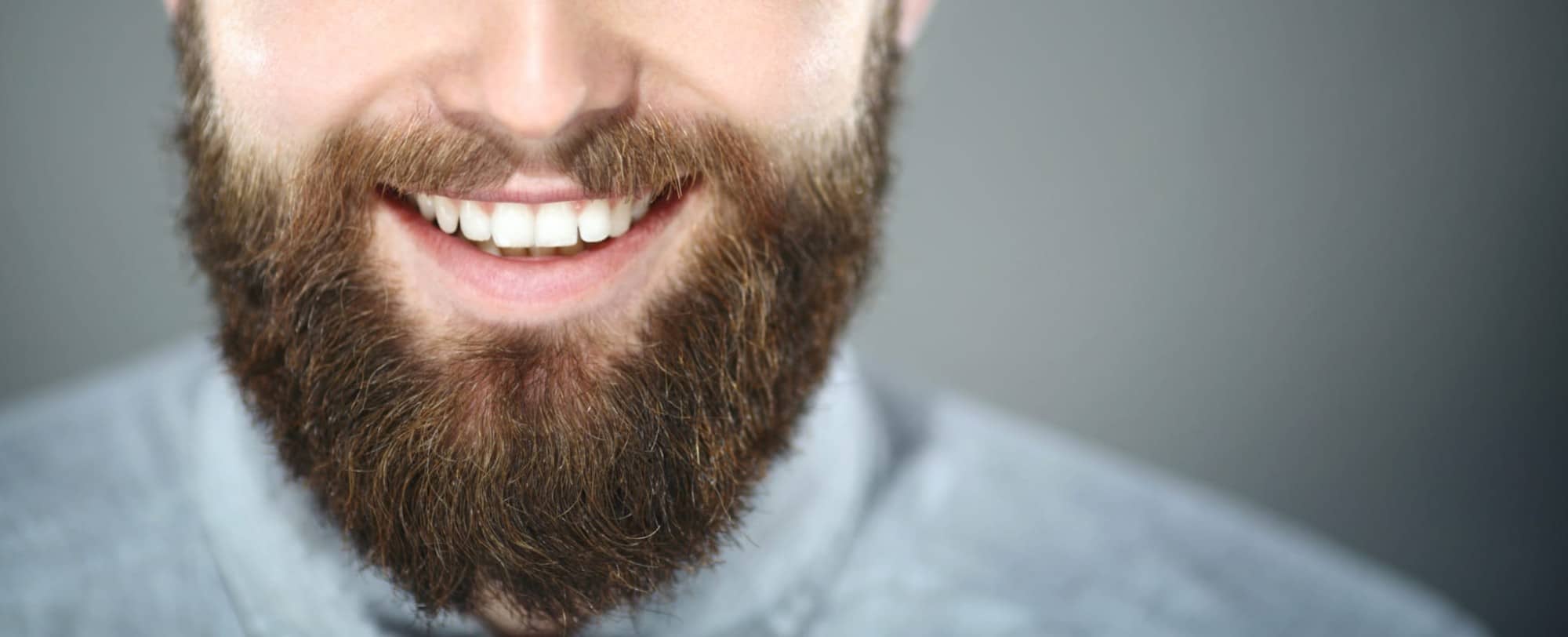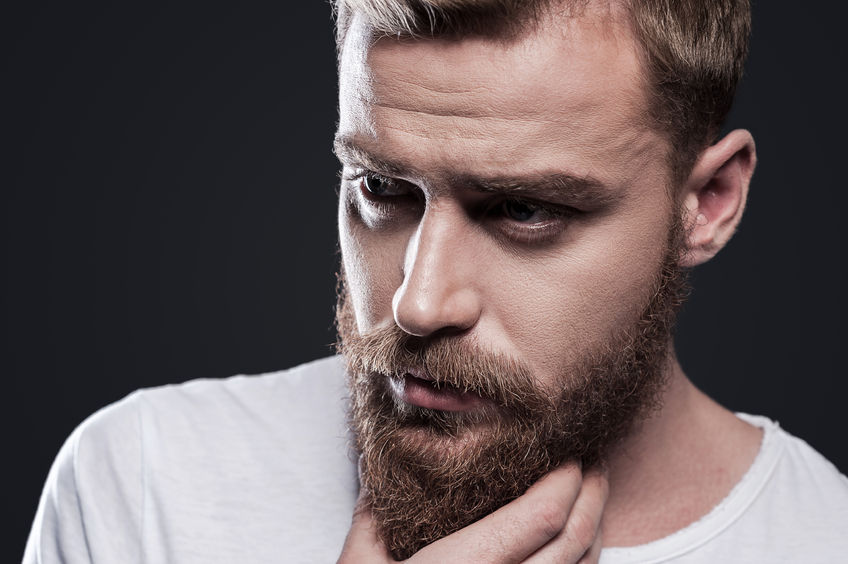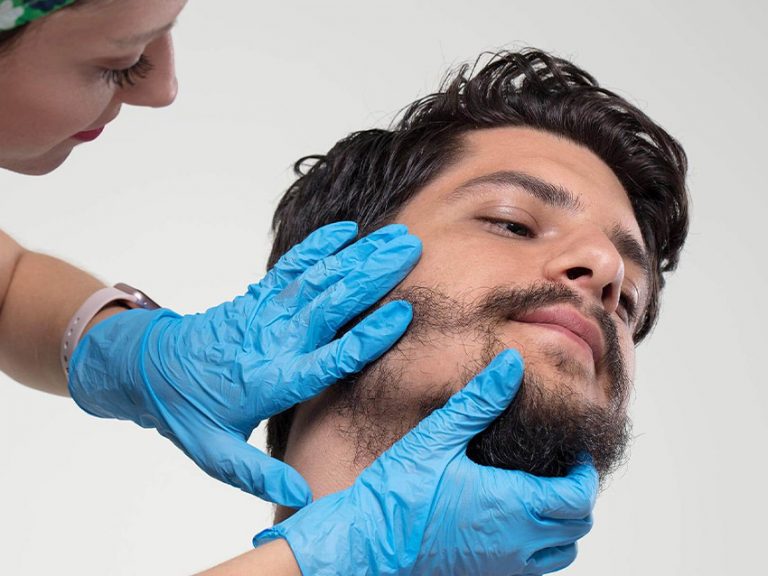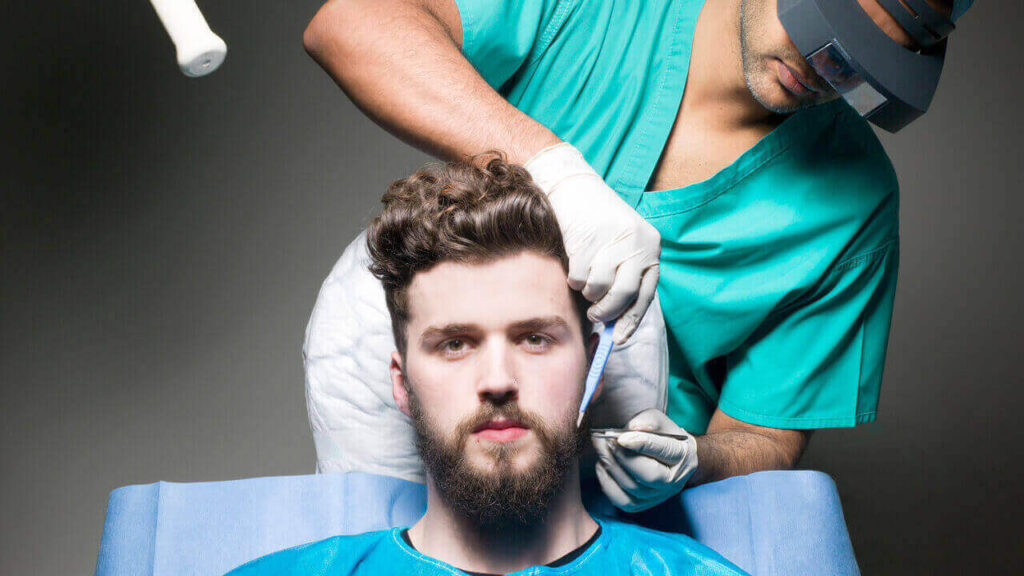Table of Contents
Introduction
Beard transplantation has become increasingly popular in recent years, with many men seeking fuller, thicker facial hair. Turkey has emerged as a leading destination for this procedure, offering expertise, affordability, and high-quality care. In this article, we’ll explore the reasons behind Turkey’s growing reputation, discuss the different techniques used, and provide tips for choosing the right clinic.
Why Choose Turkey for Beard Transplantation?
Expertise and Experience
Turkey is known for its highly skilled and experienced hair transplant surgeons. They’ve performed thousands of successful beard transplants, which has led to a high level of expertise in this field. Many Turkish doctors are also members of international medical associations, ensuring they stay up to date with the latest techniques and advancements in the industry.
Affordable Costs
One of the main reasons people choose Turkey for beard transplantation is the cost. The country offers competitive prices without compromising on quality, making it an attractive option for those on a budget. Typically, beard transplant costs in Turkey are significantly lower than in the US or Europe.
High-Quality Clinics and Hospitals
Turkey has a well-established healthcare infrastructure, with many clinics and hospitals accredited by international organizations like JCI. These facilities are equipped with state-of-the-art technology and adhere to strict quality standards.
 Types of Beard Transplant Techniques
Types of Beard Transplant Techniques
There are two main techniques used in beard transplantation:
Follicular Unit Extraction (FUE)
FUE is the most common method used in Turkey. It involves extracting individual hair follicles from the donor area (usually the back of the head) and implanting them into the beard area. FUE is minimally invasive and leaves virtually no scarring, making it a popular choice for beard transplants.
Follicular Unit Transplantation (FUT)
FUT, also known as the strip method, involves removing a strip of skin containing hair follicles from the donor area and dividing it into individual grafts.
The Beard Transplant Process
Consultation
The first step in the beard transplant process is a consultation with a qualified surgeon. They’ll evaluate your facial hair, discuss your desired outcome, and determine the best technique for your needs.
Pre-Operative Preparations
Before the procedure, you’ll receive instructions on how to prepare. This may include stopping certain medications, avoiding alcohol and smoking, and getting any necessary blood tests.
The Procedure
On the day of the surgery, the
doctor will administer local anesthesia to ensure a pain-free experience. The procedure usually takes between 4-8 hours, depending on the number of grafts needed.
Recovery and Aftercare
After the procedure, you’ll be given detailed aftercare instructions. It’s essential to follow these closely to ensure a smooth recovery and optimal results. You may experience some swelling, redness, and discomfort, but these should subside within a few days. Most patients can return to work within a week.
Expected Results and Success Rate
Beard transplant success rates in Turkey are generally high, with most patients experiencing significant improvements in beard density and coverage. It’s important to have realistic expectations, as results can vary depending on factors like hair characteristics and the number of grafts transplanted. Full results are typically visible within 6-12 months after the procedure.
Possible Risks and Complications
As with any surgical procedure, there are risks associated with beard transplantation. These may include infection, scarring, poor graft survival, and uneven growth. Choosing a reputable clinic and experienced surgeon can help minimize these risks.
Choosing the Right Clinic
To ensure a successful beard transplant, it’s crucial to select the right clinic. Consider the following factors:
Research and Reviews
Do your research and read patient reviews to gauge the clinic’s reputation and success rate. Look for testimonials, before-and-after photos, and any red flags that may indicate subpar service.
Credentials and Certifications
Verify the surgeon’s qualifications, including their education, training, and board certifications. Look for memberships in international medical associations, which indicate a commitment to ongoing education and professional development.
Facilities and Technology
Choose a clinic with modern facilities and up-to-date technology to ensure the best possible care. Look for accreditations from organizations like JCI, which indicate high-quality standards.
How long does a beard transplant last?
How much does a beard transplant cost in Turkey?
Can I shave or trim my beard after a transplant?
How soon can I travel after a beard transplant?
Will a beard transplant leave scars?
You May Also Like: Hair Transplantation: Understanding the Risks and Benefits





